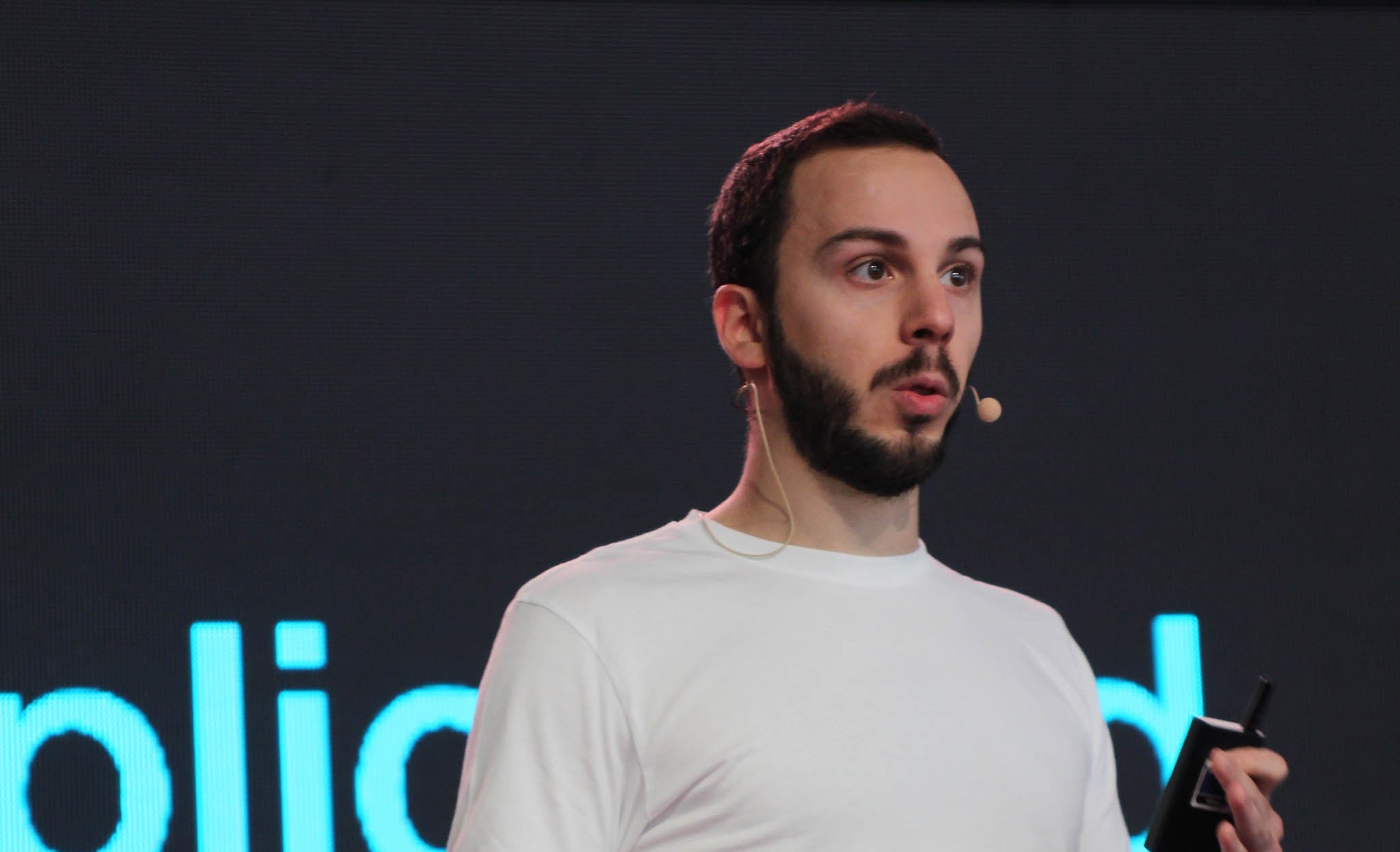
Flavian Hautbois is the CTO of Apricity, the virtual fertility clinic using artificial intelligence to boost the chances of conception. Founded in 2018, the London-based at-home fertility clinic has raised €6m to date.
Apricity is not the only company to offer digital healthcare services. The Covid-19 pandemic has accelerated the use of telemedicine around the globe, with the demand for virtual visits propelled by nationwide lockdowns on both sides of the Atlantic. Companies like Amazon and Headspace have also staked claims in the market.
“Healthcare providers have been quick to implement alternative solutions to in-person care to ensure patients can access diagnostic and therapeutic services,” notes a recent GlobalData report on digital health solutions. “This has led to significant increases in the use of remote patient monitoring, telemedicine platforms and virtual clinical trials.”
In the latest Q&A in our weekly CTO Talk series, Hautbois reveals how Lego helped him build his career, how being a CTO is about team work and why more people should be concerned about cybersecurity.
Eric Johansson: Tell us a bit about yourself – how did you end up in your current role?
Flavian Hautbois: I studied engineering at Centrale Supélec in Paris and had intended to become an astrophysicist, before I decided to forgo a PHD in favour of co-founding my first startup. As is often the case for first time entrepreneurs, this first business didn’t work out but it showed me that I needed to improve my skills to be able to create digital products that people love.
I joined Theodo, an agile software development company, and gained brilliant experience building products for large enterprises. After four years, the entrepreneurial bug got me again, and I became deputy CTO of another startup. In 2019 I took a short career break before meeting Caroline Noublache, the CEO of Apricity. I was really bought into the idea of how you could improve the experience of patients going through fertility treatment with tech, and I clicked with Caroline immediately. I became Apricity’s CTO soon afterwards.
How well do you really know your competitors?
Access the most comprehensive Company Profiles on the market, powered by GlobalData. Save hours of research. Gain competitive edge.

Thank you!
Your download email will arrive shortly
Not ready to buy yet? Download a free sample
We are confident about the unique quality of our Company Profiles. However, we want you to make the most beneficial decision for your business, so we offer a free sample that you can download by submitting the below form
By GlobalDataWhere did your interest in tech come from?
I’ve been interested in building stuff since I was very young, starting – as many do – with Lego. My interest in software and tech began when my dad brought home a computer, which was immediately hijacked by my two older brothers. I learnt coding by mimicking my brothers. While one was contributing to the Linux kernel, the other got into web technologies and introduced me to the basics of building websites. Both of them also went into tech so you could say that first home computer inspired us all.
Which emerging technology do you think holds the most promise once it matures?
The emergence of serverless computing is likely to change our relationship with technology all over again. This is part of the natural evolution from hardware to software that began right back with the mainframe’s transition to personal computers connected to servers. The abstraction of physical infrastructure to the cloud was the next stage in the evolution, which means that today we rarely even need to think about the fact that we are using a microprocessor. Now you can spawn a new server in the blink of an eye but that set up will become even easier. Serverless computing is the next level again, where thinking about deployment or where the server lives comes to a bare minimum. It is abstracted nearly to the point where it is simply pure functions. This will remove a lot of the friction of development, allowing new innovation to happen at an even greater pace, and that you can deliver better products through a shorter feedback cycle with users.
How do you separate hype from genuine innovation?
All new technology starts as hype. That means that the first differentiator between hype and genuine innovation is time. Depending on what the technology is, the timeframe between hype and genuine innovation can change, but usually you’re looking at three or four years before a technology transitions from hype to that point.
A new technology only becomes genuine innovation when people are adopting it – because only then have you reached the threshold where the technology has proved itself to provide value in a durable way. In software development, there are tell tale signs for when a technology has reached that point. Is the experience smooth? When there are bugs, are they fixed quickly? Is the company taking data security seriously? Could this technology pass an audit?
What one piece of advice would you offer to other CTOs?
CTOs tend to be technologists by nature, they want to find the latest tech and try as many new techniques as possible. The advice I give myself is to try and maximise the quality and speed at which we learn as a tech team, so we can create the best technology possible for our customers. Optimising your team’s learning is a really key part of the CTO’s role because once your people have learnt how to make great products that work for customers, and have developed a curiosity for new techniques, innovation becomes just a natural side effect of learning. There is a whole Lean theory behind this and I encourage other CTOs to find a Lean sensei to guide them on a regular basis, and to read books about Lean (such as The Lean Strategy) and about psychology (such as Thinking Fast and Slow) to familiarise themselves with it.
What’s the most surprising thing about your job?
I have been surprised by the lack of maturity of digital technology in healthcare but there are a few factors that explain it. It always starts with people: many doctors acknowledge that they’re not fans of technology. Over time, I have been able to understand why, and it is because of three key aspects of their job. First, they need to assess patients and remote conversations are challenging because you lose a lot of people’s micro expressions due to video compression or poor camera quality. Second, they have to make very difficult decisions based on a huge quantity of facts. At a brick-and-mortar clinic they would be handed binders full of analysis and data. By comparison, small screens are typically used to summarize information – doctors rarely trust summaries and want access to the nitty gritty details so they don’t miss rare cases. Third, they find it more efficient to dictate results, whereas good healthcare digital products produce structured data (think Excel) and not sentences. All of this together makes it a huge challenge to develop a digital product that clinical staff will love.
The challenge of interoperability between healthcare software creates another complication. It has been largely tackled at the clinic / hospital level but at internet scale it’s still an immense problem. On the one hand, you need a universal language (and this is accelerating, all the more so with the recent decision in the US to make interoperability through FHIR mandatory), and on the other you need top-notch cybersecurity because you’re manipulating really sensitive data.
What’s the biggest technological challenge facing humanity?
For me, this is an easy question to answer – the greatest question facing humanity right now is how to achieve net-zero greenhouse gas emissions as quickly as possible. Tech will have a role to play in finding new alternative energy sources, reducing our global energy use, and making the transition to renewable energy as quickly and simply as possible. Reducing tech’s impact in terms of rare materials extraction or energy used is a key step in our industry for a sustainable future.
What’s the strangest thing you’ve ever done for fun?
About 15 years ago I made a stop motion movie inspired by the Matrix. It included a shot where a character throws his helmet at the camera in slow motion, Matrix bullet-time style. This is obviously difficult to achieve with stop motion, so this work of art also marked my one and only experiment with VFX.
What’s the most important thing happening in your field at the moment?
Data security has been a big deal in tech for a long time but it has become a dealbreaker for software companies, as VC firms are now taking on its importance. This is undoubtedly due to a long list of high profile data breaches, often caused by the use of open source code that hasn’t been properly checked for vulnerabilities. Secure software development (known as DevSecOps) is now even something the US President talks about, which demonstrates what a big issue it’s become. Likewise on the tech side, we are seeing an increasing amount of investment and new technology emerging to make code secure as it’s being written.
In another life you’d be?
In an indie rock band, recording music and touring the world.



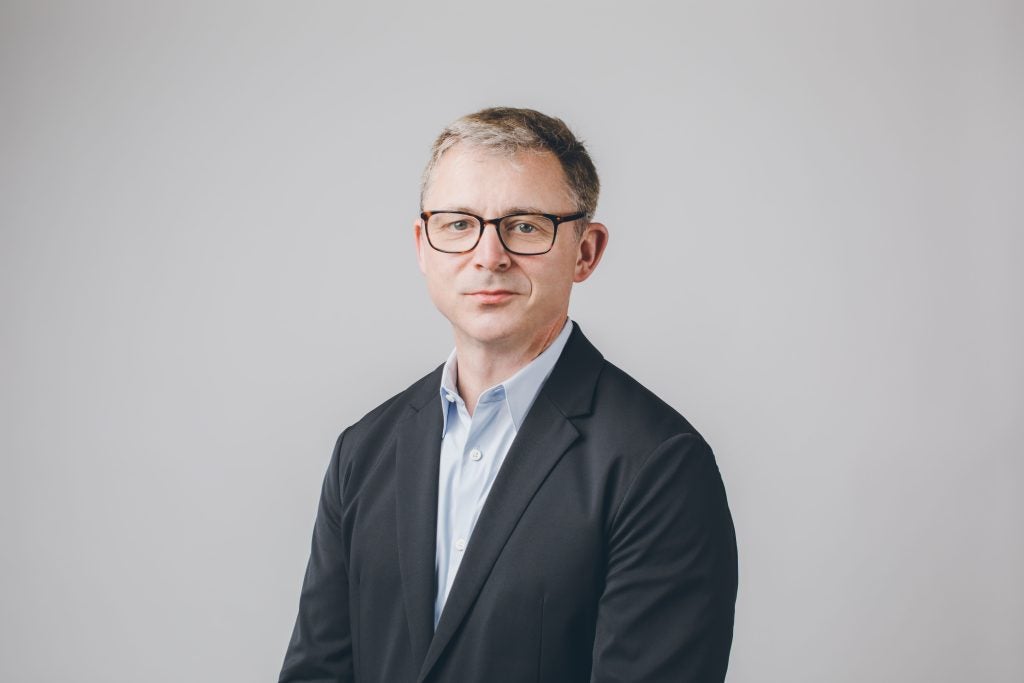
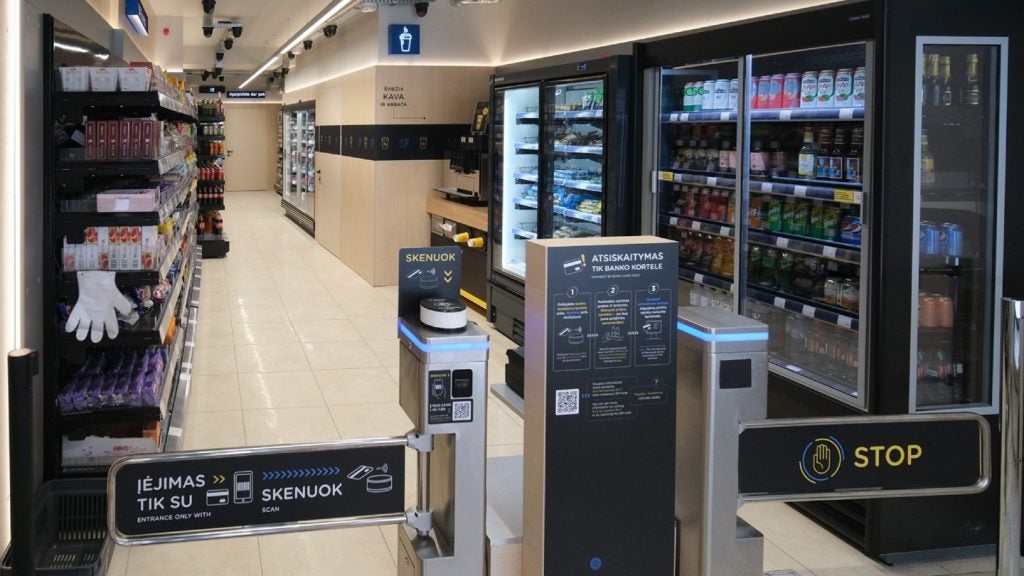
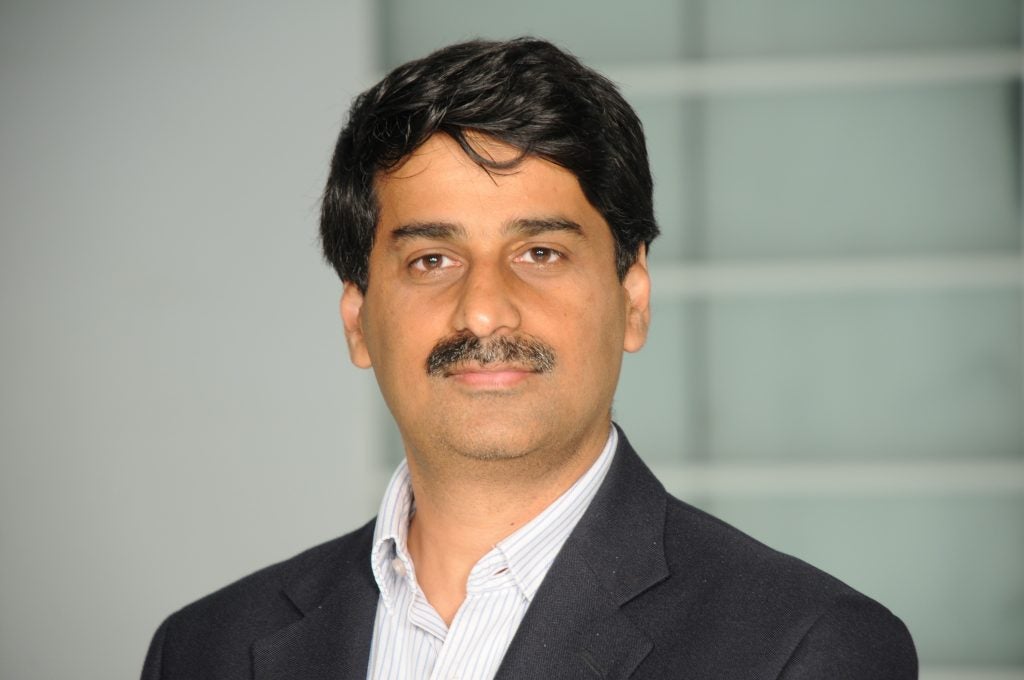
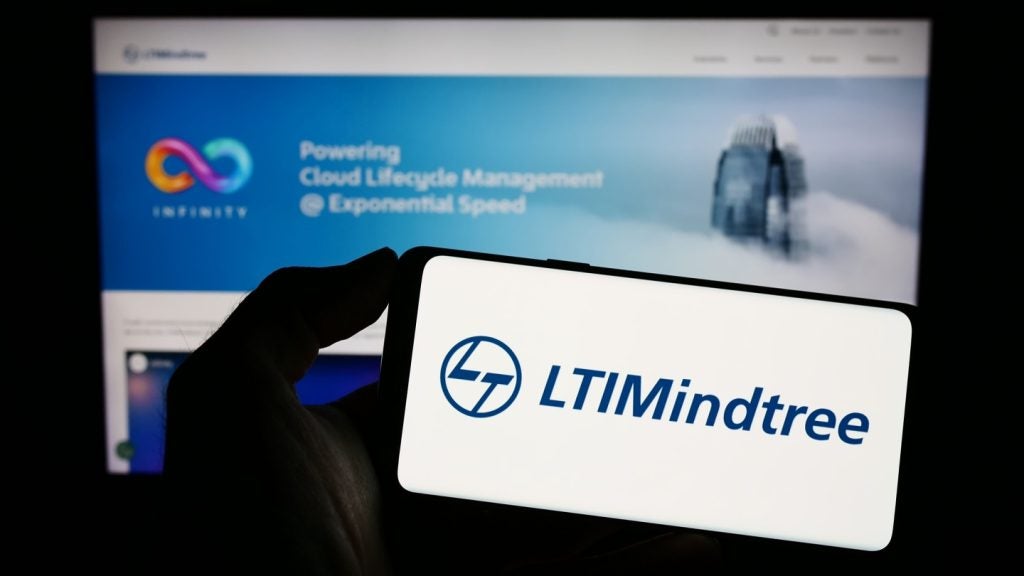

Related Company Profiles
Lego AS